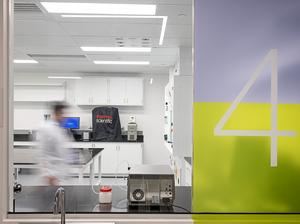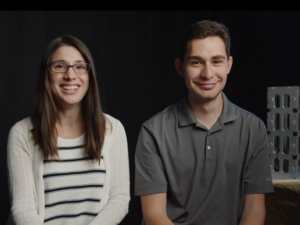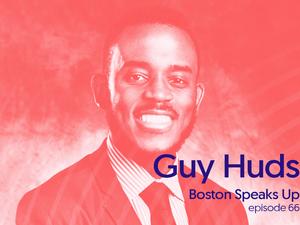In recent years, favorable government assistance, a growing focus on energy independence and mounting environmental concerns have made wind power increasingly viable. In fact, while wind power currently supplies nearly 3 percent of the world’s electricity, a forecast from Navigant Research suggests 7.3 percent of the electricity consumed worldwide by 2018 could be from the wind. And as cost and reliability of wind power improve every year, those numbers could spike even further.
And yet: wind power generation remains capital-intensive, a main reason why it has yet to truly go mainstream.
In talking to the investor community, MIT alum and former Goldman Sachs i-banker Michael Reynolds realized that there has been an enduring conservatism regarding the wind power industry due to the overall uncertainty involved. There is a lot of technical data involved in a wind power site's financial performance, including the layout of the site, the type of turbine technology used, grid connection and the operation and maintenance costs. Those data points offer deep insight for investors that want to understand a project's future performance—but there hasn't been an easy way to take all these separate points into account.
But what if banks, asset managers and stakeholders could efficiently analyze all of those factors to make smarter investment decisions? That capability could give potential wind power investors the confidence they need to write a check—and lead to faster adoption of wind power worldwide.
Empowering investors with data
This prospect is what spurred Reynolds, along with MIT physics grad Teasha Feldman-Fitzthum, to form Cardinal Wind, a Cambridge startup that was spun out of the MIT Global Founders' Skills Accelerator and now operates out of MIT's Innovation Initiative. The company, which toes the intersection between fintech and cleantech, has developed Web-based software to provide investment risk analysis related to the wind power sector.
Specifically, the software helps banks, developers and asset managers to get greater visibility into the wind project marketplace and enable better financing in the industry.
Cardinal Wind’s software is based on a machine-learning algorithm developed at MIT’s CSAIL lab, which takes in wind measurement data and then conducts a correlation to anticipate what the future wind is going to be at a specific site. In doing so, the system can more accurately predict the long-term revenue potential of that site. This is key because before a wind project is constructed, a developer needs to raise capital to fund the construction prior to getting any banks and investors involved. By evaluating all the data relating to the asset in its software system, Cardinal Wind allows banks to weigh the risks—potentially facilitating approval for the project.
“We want to help the industry be smart about financing so that the industry itself gets better,” Reynolds said in an interview. “With confident investors and a better understanding of risk, more wind projects can be built.”
“With confident investors and a better understanding of risk, more wind projects can be built.”
Thorough analysis
Cardinal Wind’s project simulation technology not only allows investors to screen investment opportunities, but also to compare the risks and returns of multiple investments side by side. The system includes a credit risk scoring feature, capital structure stress tests and portfolio monitoring, as well as analytical reporting. Unique simulations assess the variability of wind investments in addition to a site’s actual economic potential. And an investor dashboard aims to provide a clear view into the analysis of a project’s economics and characteristics.
Currently, Cardinal Wind has three pilot partners using the platform and providing feedback. Back at the MIT incubator demo day, he revealed that the team has been speaking with First Wind, BlackRock and Bostonia, each of which expressed interest in being paying customers. But Reynolds admitted that the platform requires extensive testing to prove its capabilities before banks are ready to use it commercially. The goal is to bring the product to market by late this year or early 2016.
Reynolds says the bootstrapped three-person company, which also includes head of risk analysis Gordon Randall, is now looking to hire more engineers.
Wind power landscape via Shutterstock.








